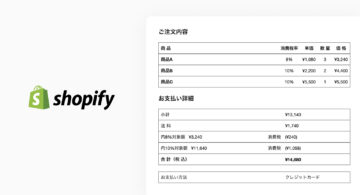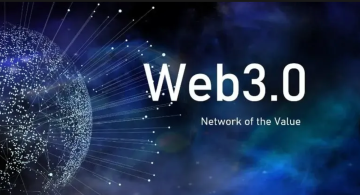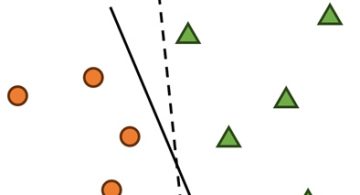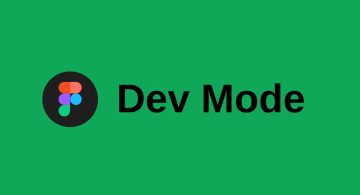開発
Documents, Antilopes and the World Wide Web
Frederik

The rise of the World Wide Web has pretty much startled the well-established publishing ecosystems. Traditional provider of contents suffer a diminishing interest in their services and the World Wide Web as a cause has quickly been spotted. But what are the reasons? An interesting approach has been introduced by the notion of documents.
The notion of document has a history of redefining what actually a document is. At the beginning a document was meant to be something that can be used as an instruction. In the 18th century the aspect of keeping this instructions on durable material in written form became common sens to the notion, followed by the idea in the 19th century that a document is any information that serves as a proof for a work. However, until the end of the 20th century the main idea of the notion sticked on a fixed form of documents. Way ahead of her time Suzanne Briet, a French documentalist, abandoned this connection and defined in 1951 a document as “any concrete or symbolic indexical sign, preserved or recorded toward the ends of representing, of reconstructing, or of proving a physical or intellectual phenomenon”. Her famous example is an antelope: not an antelope in the wild, but a caught and studied one, being a physical proof of itself, also by changing over the time. All scholar articles about that antelope are considered secondary documents, being the antelope the initial one.
The rise of the World Wide Web as media to exchange information with its fluid, non-physical nature has again boosted the reflections about what actually a document is. Taking into account the characteristics of the World Wide Web, a francophone researcher collective under the pseudonym of Roger. T. Pédauque has re-defined the notion of document. They emphasis on three aspects that define a document: the form, the content, and the medium. The form aspect considers the document being an object that can be held and perceived – the document can be seen; in French “vu”. The content aspect considers the document as information that can be understood and interpreted – the document can be read; in French “lu”. The medium aspect considers the document as information that can be transferred in time and space – the document can be known – in French “su”. According to this document theory any document relies on those three aspects independently of how these are implemented.
Jean-Michel Salaün, a Canadian researcher of electronic documents, introduced an interesting approach to use this “vu, lu, su”-model to describe the World Wide Web as a distributer of documents. According to his thesis each of the model’s aspects is covered by specific institutions in the classic publishing ecosystem. He gives some examples: publishers sell objects (“vu” aspect); libraries collect content to share (“lu” aspect); radio and television broadcast information and generate attention (“su” aspect). Simply said all of those institutions suffer of diminishing returns and use because the World Wide Web provides all of these aspects. To create a parallelism to the publisher/library/broadcaster examples Salaün gives three examples of World Wide Web companies that focus on especially one aspect of the “vu, lu, su”-model. Apple focuses on selling (reading) devices (“vu” aspect); Google is especially taking care of content processing (“lu” aspect); Facebook attracts attention to specific contents (“su” aspect).
For traditional institutions that rely on the document treatment it is essential to understand the impact of the World Wide Web, if they do not want to be replaced by new institutions. To focus on the very nature of documents and not to make an infrastructure like the Internet culpable for company’s livelihood problems is in my humble opinion a very constructive and promissing approach.
 2025/12/12
2025/12/12 2024/12/06
2024/12/06 2024/09/13
2024/09/13 2024/05/17
2024/05/17 2024/05/10
2024/05/10 2024/01/05
2024/01/05 2023/08/18
2023/08/18 2023/07/14
2023/07/14
A short vu-hint:
“zoo as a document” –> http://thedocumentacademy.org/resources/2003/papers/lund.paper.html
And a proposal for an alternative headline:
“antilopes, zoos and the www”
Thanks a lot for the good hints! I also recommend:
Michael K. Buckland: What is a “document”? -> http://people.ischool.berkeley.edu/~buckland/whatdoc.html